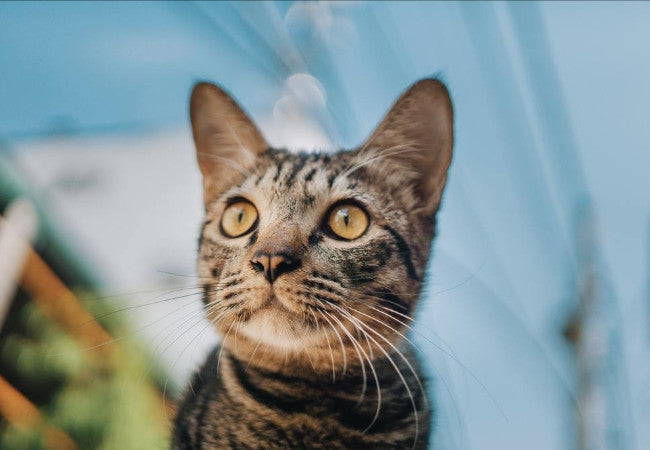Scratching is deeply rooted in cats' natural survival instincts. In the wild, cats use their claws to catch prey, defend themselves and escape from predators, so cats have an innate urge to keep their nails sharp.
The ASPCA is strongly opposed to declawing cats. Declawing, or onychectomy, is the amputation of the last digital bone, including the nail bed and claw, on each front toe. According to The New York Times, the measure is for people who think their furniture is more important than their cat, and it's the equivalent of severing a finger at the first knuckle.
The pain may result in the following behavioural issues:
Increased biting
When cats lose their ability to give a quick warning scratch, they will often resort to biting when they feel defenseless or otherwise in danger.
Litter box avoidance
Digging in litter or any other substance is painful, so declawed cats avoid scratching in their litter and may begin eliminating around the house instead.
The following tips will help reduce household damage whilst letting your cats be themselves:
Safeguarding
Make tempting scratching surfaces less appealing to your cats by placing some aluminum foil or double-sided tape on scratch-prone surfaces, as cats tend to dislike the textures. You can also try a mild citrus spray on enticing surfaces.
Placing scratching pads
Put a scratching pad in a high-traffic area of your house. Try a horizontal and vertical scratching pad to see which your cats prefer. You can cajole your cats to use the scratching pad by rubbing or spraying it with catnip.
Training
You need to train your cats where and where not to scratch. Buoy them up by periodically sprinkling catnip on their scratching pad.
Nail trimming
Trimming your cats' nails every couple of weeks helps prevent destructive clawing. Gently squeeze their paw to extend the claws. Use nail trimmers designed for cats and carefully trim the tip of the nail horizontally to the ground. If your cats don't tolerate it well, ask your vet to show you a few nail trimming tricks to help make the process easier.

